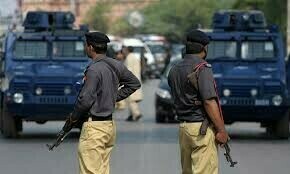IT is a sound idea and one that all political parties ought to consider taking up in the next parliament. Prime Minister Shahid Khaqan Abbasi’s invitation to all political parties to come together for a dialogue on creating new provinces is unlikely to be taken up in the final weeks of the current parliament. Indeed, the very fact that Mr Abbasi extended his offer in Bahawalpur and went on to criticise the South Punjab Province Front, suggesting that the group should wait for the general election to determine if it has a public mandate, indicates that the PML-N does not expect to convene a multiparty conference on the issue soon. Yet, the case for reconsidering the four-province structure of the federation is undeniably strong.
To begin with, the constitutional future of Fata has yet to be settled, with the PML-N delaying implementation of its own Fata reforms package. If a merger between Fata and Khyber Pakhtunkhwa is deemed the most appropriate, the future of the existing provinces can also be considered at the same time. As Mr Abbasi noted, there have long been claims to a separate Hazara province in an area of KP that also happens to be a political stronghold of the PML-N. Meanwhile, the population of Punjab is more than 100m. The sheer size of Punjab demands that at least some consideration be given to whether smaller provinces would be better for administration and governance purposes. Certainly, there are no easy answers and great care will need to be taken to ensure that a national debate on new provinces does not descend into bitter, partisan fighting.
Yet, a series of constitutional amendments and the landmark seventh National Finance Commission award since the transition to democracy began in 2008 suggest that serious political debate can be held and consensus on tough issues is possible. There is another aspect to the debate on new provinces: the mostly dysfunctional local government systems that exist in the provinces today. While new provinces may be necessary, they are not the only solution to the democracy and governance deficits that exist today. The third tier of the state, local governments, is often where many of the services that the citizenry needs or is demanding can be provided most efficiently. A combination of more provinces and much stronger local governments in all provinces could be the key to better governance.
Published in Dawn, April 16th, 2018












































